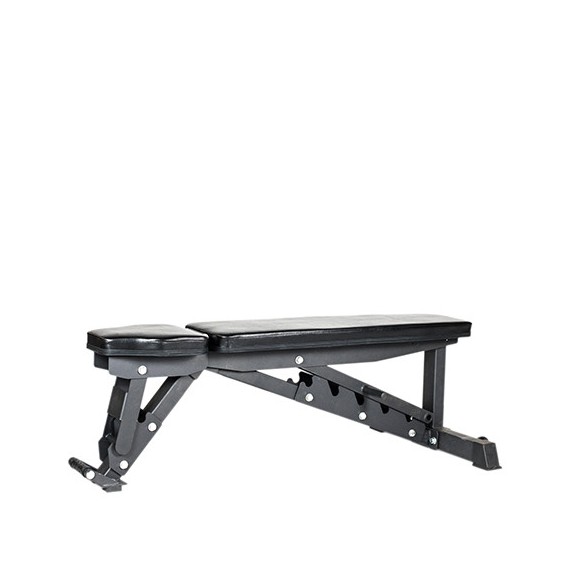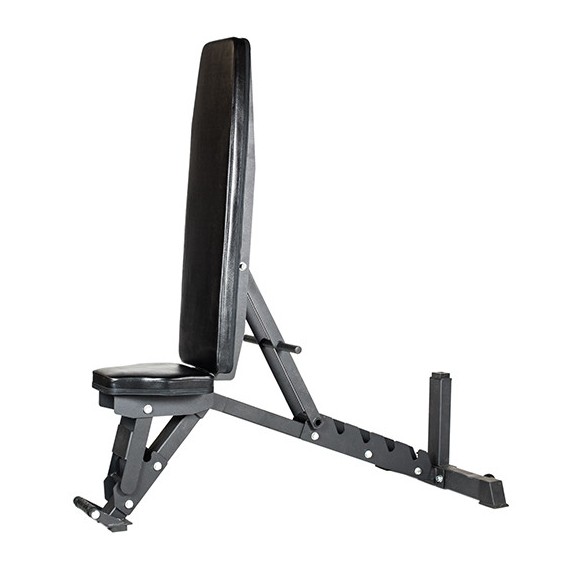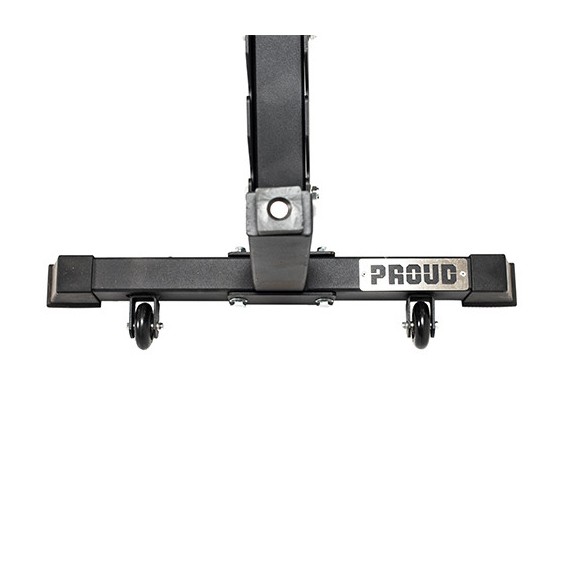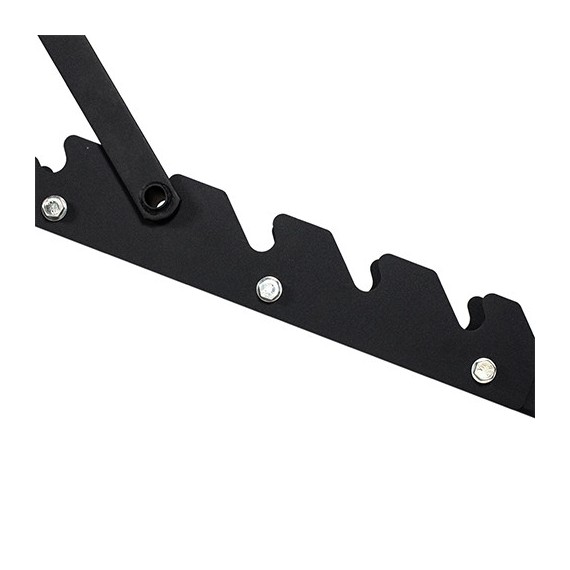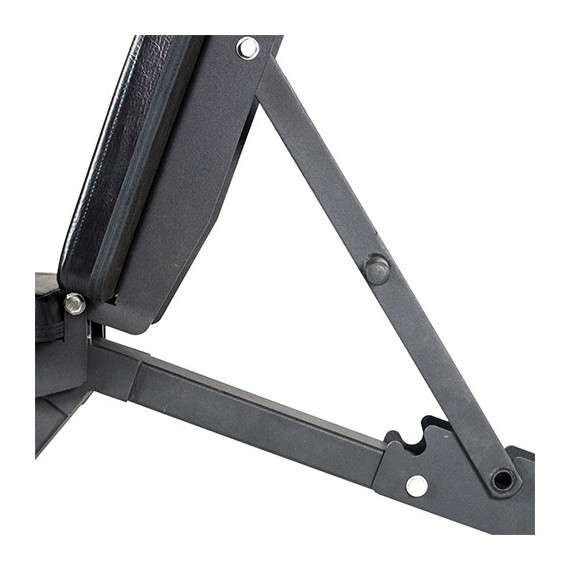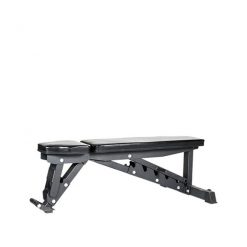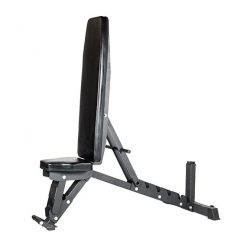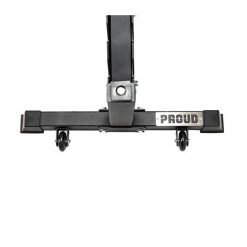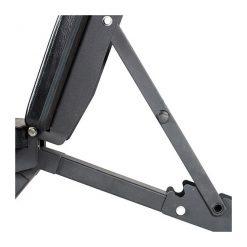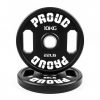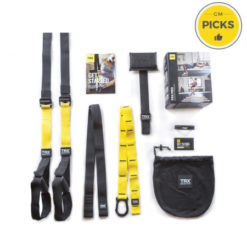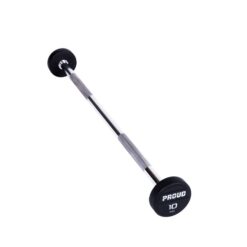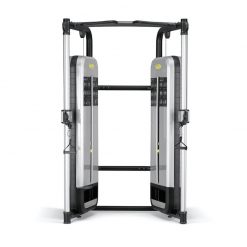Proud Adjustable Bench
The Proud Adjustable Bench has been designed by professional athletes to ensure comfort and durability during each workout. Built with an adjustable backrest, seat pad and front wheels, it is the perfect addition to a home gym.
Choose from multiple training positions with the Proud Adjustable Bench
Extremely useful for strength training, it ensures stability, comfort and variation throughout every session. The design of the Proud Adjustable Bench provides endless options. Its backrest has 6 possible positions and 2 levels for the seat pad with an easily accessible handle for quick adjustments. The two front wheels and additional handle under the seat means users can simply move the bench throughout their workout or store away when not in use.
Built for durability, the steel frame has powder painting with hard plastic feet to prevent damage when moving it about. The Proud bench also has double-seam upholstery, making it resistant against scratching in comparison to thinner materials. Furthermore, the Proud Adjustable Bench backrest and seat has a thick filling for effective and comfortable training.
Key Features:
- Adjustable seat with 2 levels: 0º, 15º.
- Backrest adjusts every 15 degrees from 0 to 90º with 6 levels.
- Easy to move with 2 wheels at the back of the bench.
- Durable design with double-seam upholstery and steel structure.
- Comfortable support with thick filling within the backrest and seat.
- Wide legs for additional safety.
| Weight | 51 kg |
|---|---|
| Dimensions | 140 × 68 × 46.5 cm |
| Max Load Weight | 250kg |
| Incline/Decline | 0 – 90º (6 levels) |
| Warranty | 2 years |
Brand
PROUD

Product Question
Please contact us for international shipping options. We’re able to ship most of our products worldwide.

